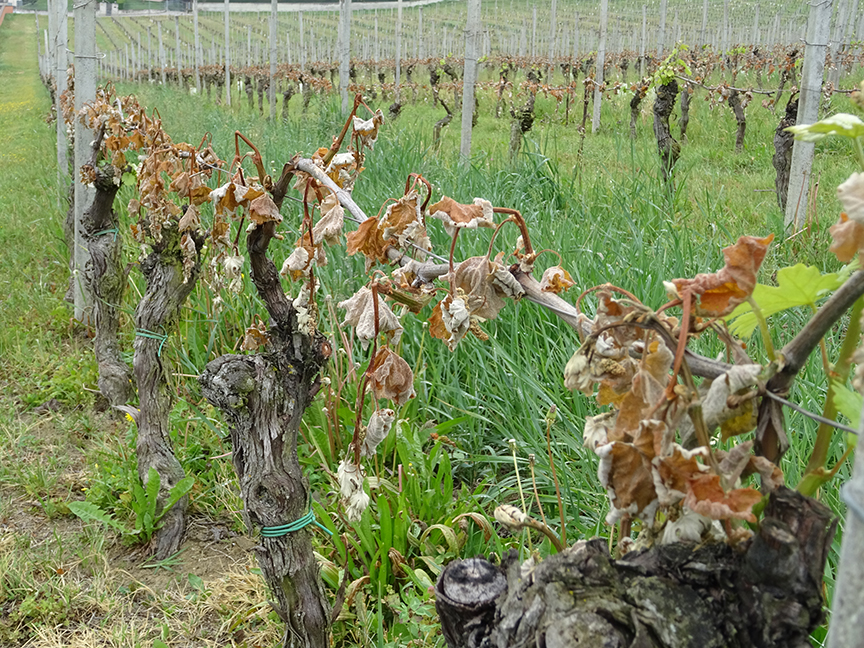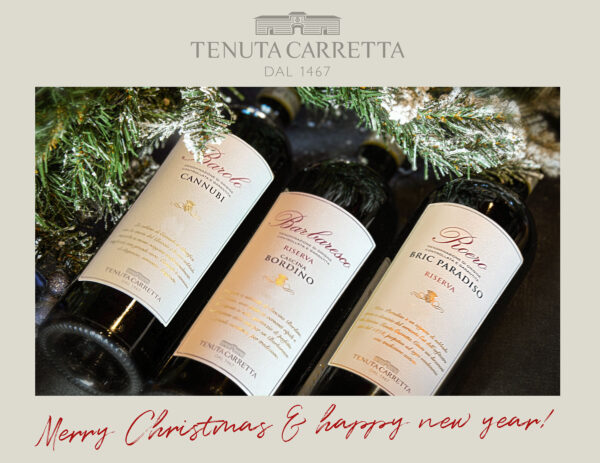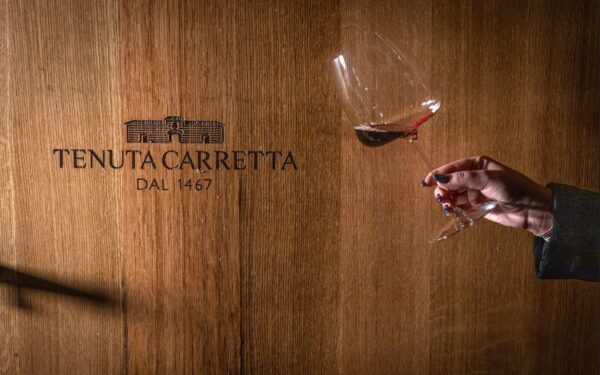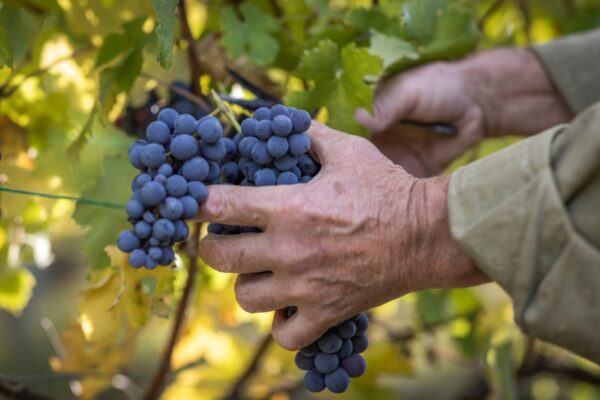Post-frost outlook not as bad as it may seem, says Tenuta Carretta CEO Giovanni Minetti
Reading time in

Last week, late spring freezing temperatures damaged vineyards across northern Italy. Piedmont was not spared, writes Tenuta Carretta CEO Giovanni Minetti, a former president of the Barolo and Barbaresco Consortium and Langhe native. But dire predictions for this year’s harvest are premature and market panic is uncalled for and best avoided, he notes.
I wanted to share my thoughts about the spring freezes that occurred last week over the course of two nights, Tuesday and Wednesday, April 18-19.
As far as weather phenomena go, this was an extraordinary event. It affected a wide surface area and it burned a series of buds that promised to deliver excellent fruit and a crop similar in quality to last year’s harvest.
The number one thing that makes me reluctant to comment on episodes like this is the media and writers who set about casting doubt on this year’s future harvest. The truth is that hail and frost during this time of year do not compromise the quality of the end product. But just try explaining that to people who have already read the news and committed it to memory. It’s hard to believe but there were even people who asked what the vintage would be like this year while the buds were still dormant!
Secondly, we need to look at the true extent of the damage, above and beyond the emotion of the moment. The quality of the grapes that will be produced will surely be greater than forecasted. At the moment, everything has been burned. But aside from the Nebbiolo, which was only minimally affected and suffered barely even a scratch, most grape varieties have base buds that are still fertile. This means that the plants will lose about 10-15 days in their growing cycle but they will also recoup about 80 percent of their production. You could say that this will actually save us a green harvest. Obviously, it all depends on what happens down the road. But you could say the same thing about every vintage.
Then there is the effect on wine prices. The excessive coverage of the damage (however probable but far from certain) immediately impacts the market by creating higher prices for bulk wines. In turn, this raises fears of shortages. That outlook immediately causes an increase in the price of grapes. That’s good for those selling. Not so good for those buying. It would be much better to wait until the dust settles, so to speak, so that market panic can be avoided.
Lastly, calls for government aid and a tendency toward self-pity have only caused damage to our agricultural economy. Luckily, things are starting to change. But there is still a strong desire to cry out for help in the hope that government institutions (and politicians) will be moved to the point of releasing funds in the form of emergency subsidies for lost agricultural income. But no one knows yet what the final production numbers will be…
These are the main reasons why I am reluctant to take part in this sort of collective apocalyptism.
Giovanni Minetti
CEO
Tenuta Carretta


